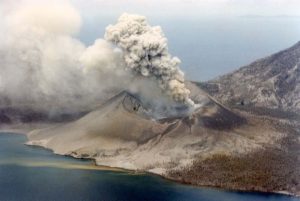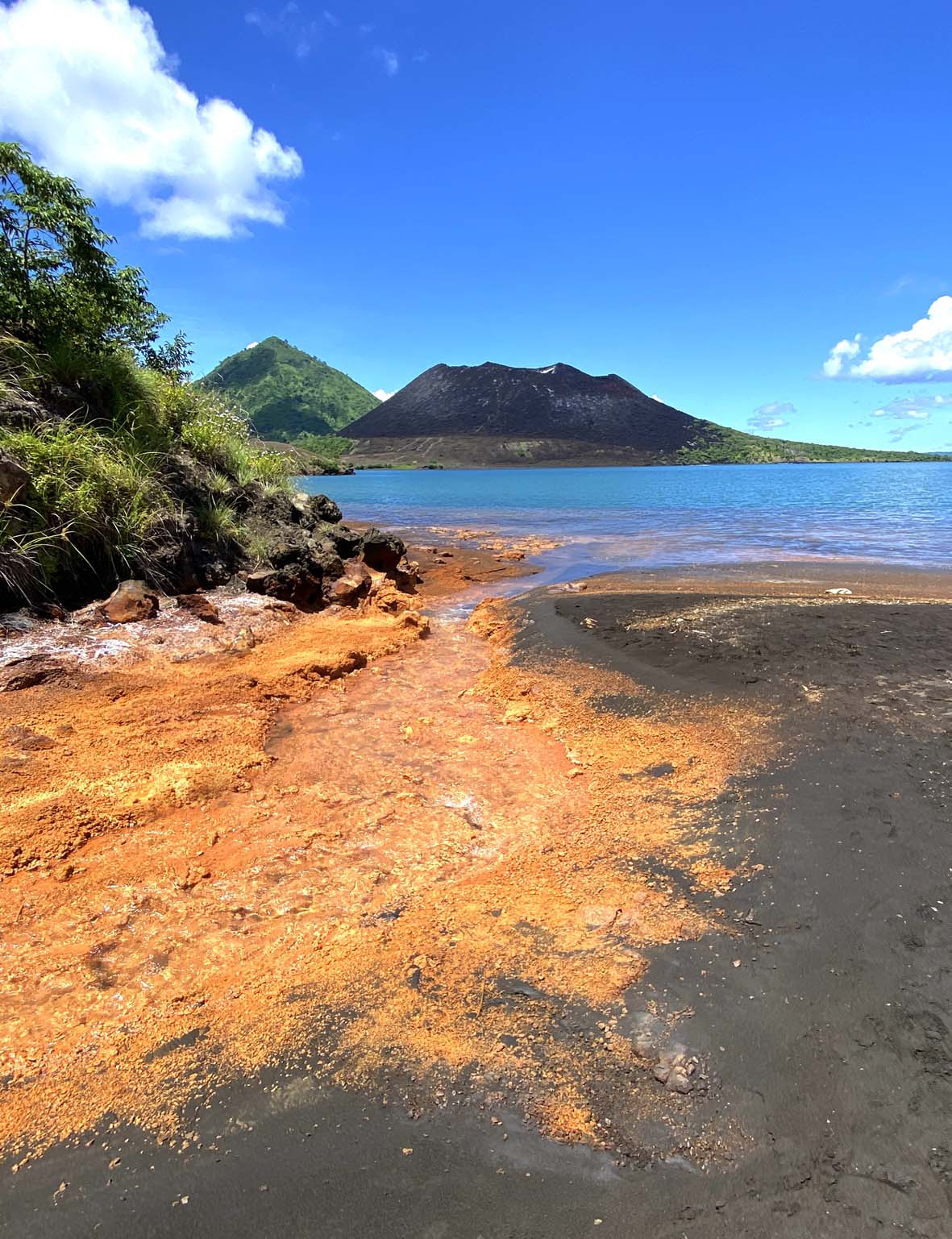30th Anniversary of the Volcanic Destruction of Rabaul
On 19 September 1994, with little warning, two volcanos—Vulcan and Tavurvur—erupted and buried East New Britain’s capital, Rabaul, known as the ‘pearl of the Pacific’ and ‘Frangipani Town’. Almost two decades after PNG achieved its independence, Rabaul—home to more than 17,000 people and 50,000 in the surrounding area—still resembled a tropical Australian country town, but it was the second time in 57 years that eruptions had destroyed it.
Much was devastated, with ash sent thousands of metres into the air, and the subsequent rain of ash caused most of the buildings to collapse. Whilst the power supply was shut down at the start of the eruption, large sections of the electrical distribution system were damaged by falling trees and buildings. However, due to planning by the Rabaul Volcanological Observatory (RVO) for such a catastrophe, especially since the 1983 alert, the townsfolk were prepared and the entire population was evacuated, five people killed.
As Rabaul is continually threatened by volcanic activity because it is on the edge of the Rabaul caldera, after the eruption the capital was moved to Kokopo, about 20 kilometres away.
Now, though, 30 years after the disaster, the people of Rabaul have shown remarkable flexibility with their rebuilding and ingenious tourism plans, which offer natural and cultural experiences, World War II memories and the traditions of local communities.




